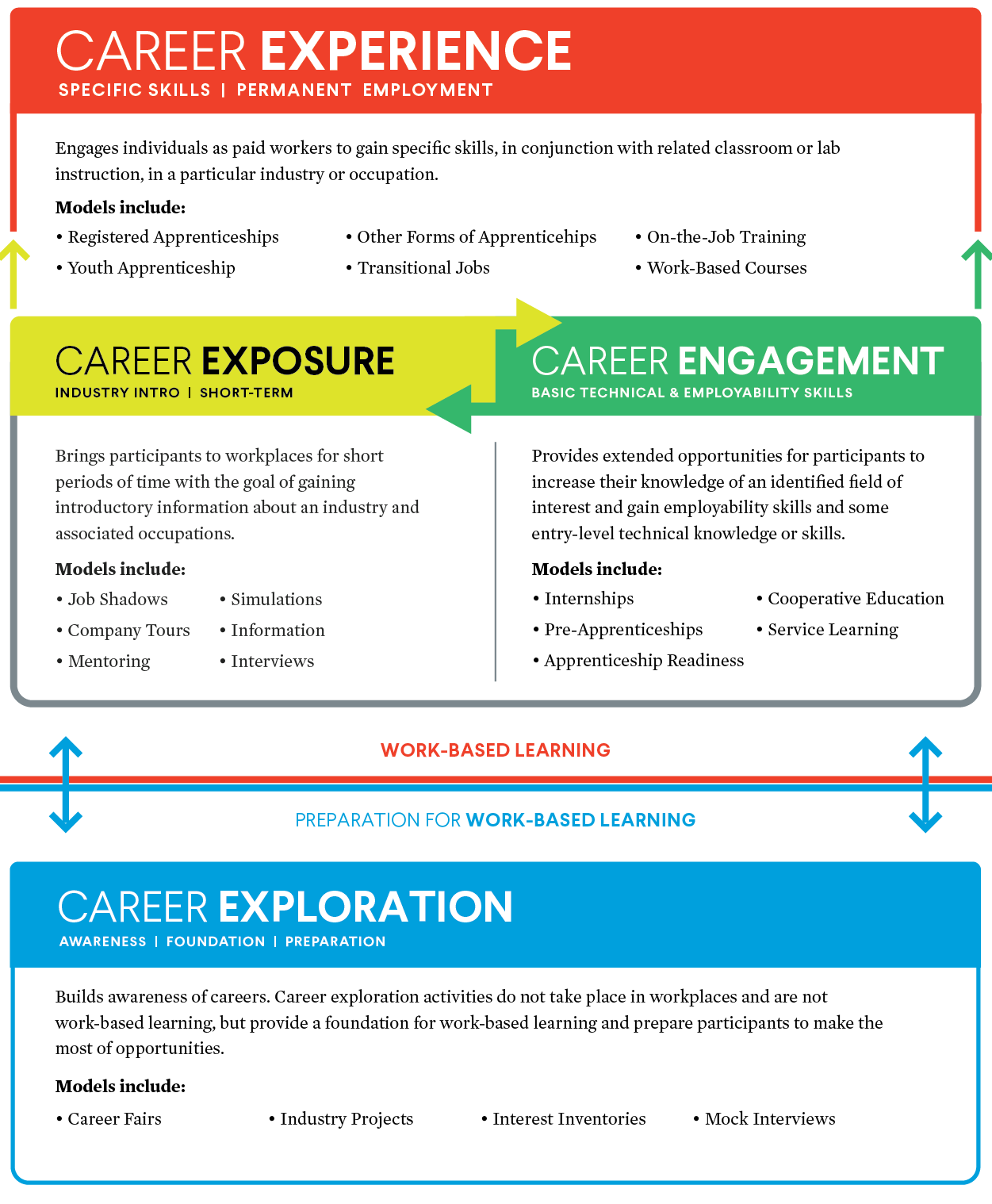
The Business Case for Work-Based Learning
JFF can help JFF works with top companies like Lockheed Martin, John Deere, Nissan, Honda, and Best Buy to put work-based learning into action. We help companies assess their business drivers, evaluate talent needs, and…





